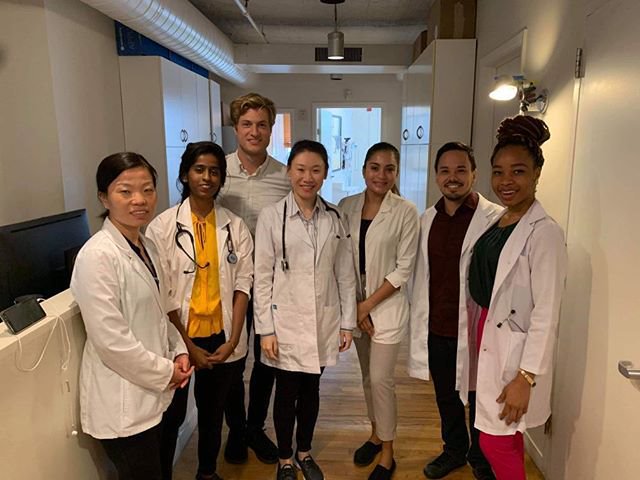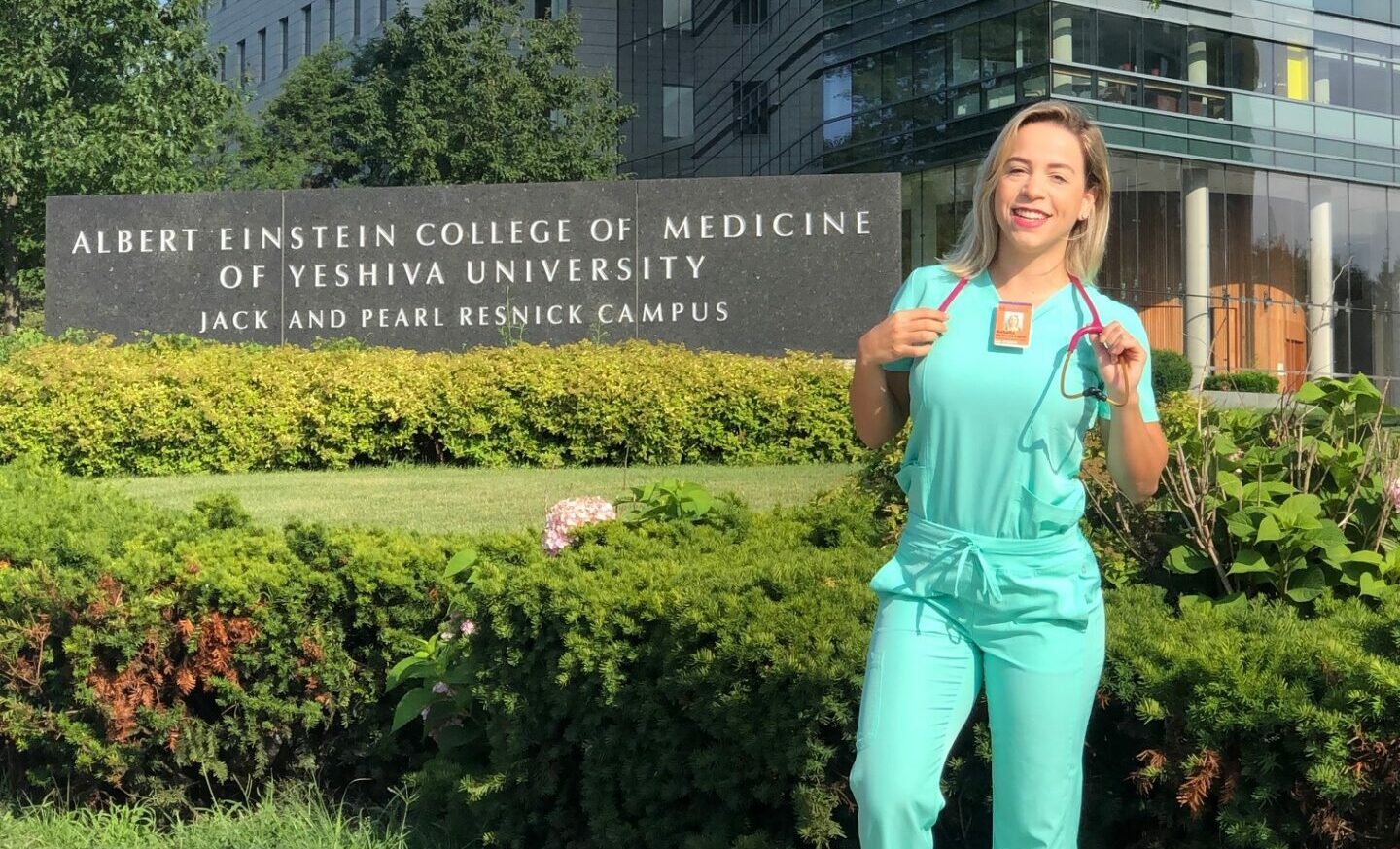Today, February 3, marks National Women Physician’s Day in the United States. AMOpportunities joins the celebration by honoring the contributions of past and current women MDs and DOs to the field of medicine and ensuring that more women medical trainees have the access they need to begin to launch their careers in medicine.
In the past, we’ve written about those who helped pave the way for more women to access careers as physicians. This National Women Physician’s Day, we take a look at how women are helping change the face of U.S. medicine.
The Growth of Women Physicians
In their 2020 Annual Report on Medical School Enrollment, the Association of American Medical Colleges (AAMC) reported that in 2019, women accounted for the majority of U.S. medical school enrollments for the first time. This builds on the recent growth of women’s enrollment in medical schools. In 2017, the AAMC reported that for the first time that the majority of first-year enrollment were women students.
Today, AAMC’s 2022 Physician Specialty Data Report suggests that higher enrollment rates in the past are now making in impact on the number of women entering the healthcare workforce. Following steady growth in the percentage of physicians who are women, AAMC’s 2022 report shows that of the 120,342 active physicians, 37.1 percent are women–the highest percentage since the AAMC began recording physician data in 2008.
Additionally, the AAMC’s report shows that women are choosing to practice in fields where they are more likely to work with women patients, such as OBGYN (where 60% of women physicians practice) and neonatal/perinatal medicine (54.2%).
Why Representation Matters in Healthcare
The expanded presence of women physicians in certain specialties–and in medicine overall–means that more and more patients will be able to find care from physicians who represent them.
It is widely known that when physicians’ racial and cultural identities align with patients, it leads to better health outcomes. Studies show that the same holds true for gender representation.
When it comes to receiving treatment, women face more biases when compared to male patients, which plays a detrimental role in women’s health outcomes. Since 1984, cardiovascular disease has been the leading cause of death for women. However, women also face a higher cardiovascular mortality rate than men. It is no surprise that bias may be the root cause, as other studies show that when women receive the same treatment for cardiovascular diseases, they have comparable survival rates to men.
More women in healthcare and in physician roles can help overcome the gender biases that women face. It is by no means a cure-all, but it does help reframe how certain specialties are viewed by medical students, physicians, and patients, which can address where patients seek care and how comfortable they feel receiving care.
National Women Physician’s Day is about celebrating the contributions of women physicians to the field of healthcare, but as the U.S. works toward a future where healthcare is more accessible for women patients, we also celebrate the women medical students, graduates, and trainees working toward their goals of becoming physicians.






